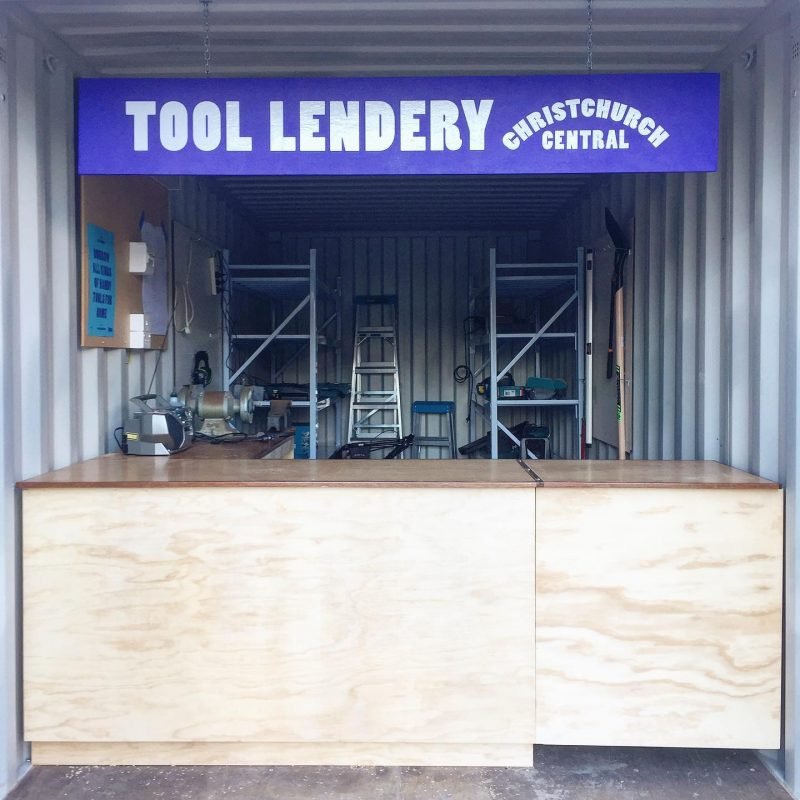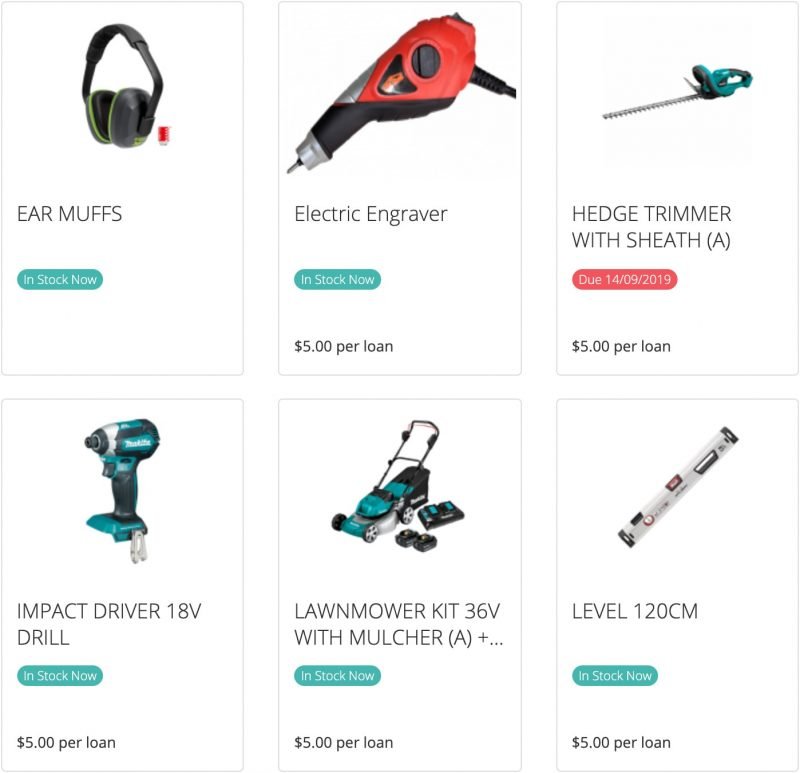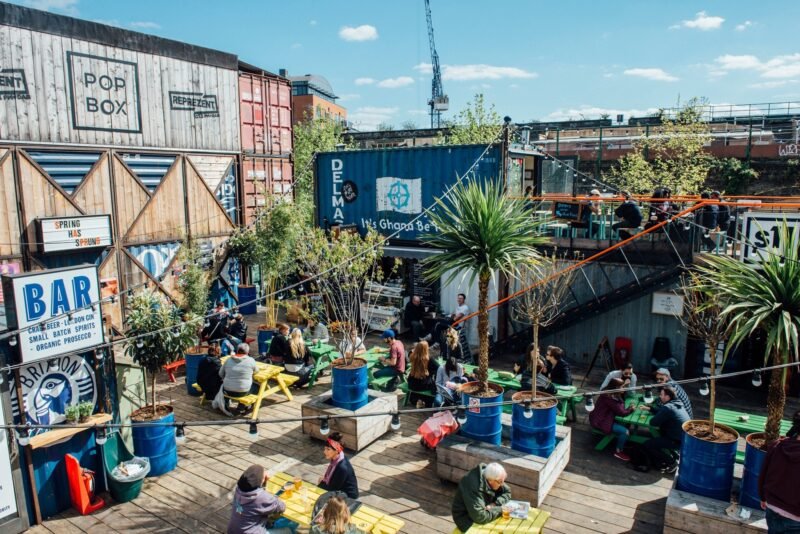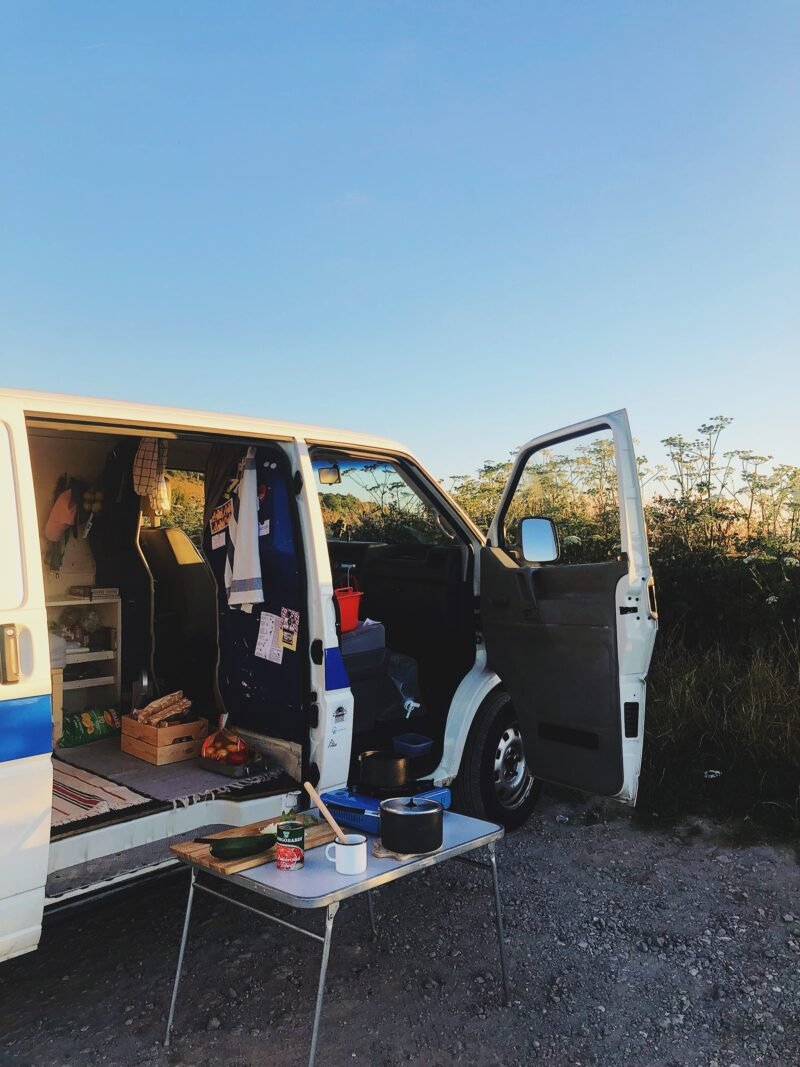Tool Lendery Lets You Borrow Things so You Don’t Need to Buy Them
Why buy tools you use only once or twice? The mobile Tool Lendery in Christchurch, New Zealand, offers the possibility for local residents to rent out tools that they would otherwise only use rarely.
The Tool Lendery, located in Christchurch Central, helps the Ōtautahi residents to have access to a catalogue of tools — tools that they needn’t have to purchase because they wouldn’t use them that often. This “tool library” is an innovative concept that grants residences the possibility to access various tools, for DIY projects or other chores, where a tool for a one-time use is necessary.

The Tool Lendery is set up in a purple shipping container — which is already eye-catching — and resembles a sort of pop-up shop, where residents from the local area can come by and rent their desired tools. They can rent a tool for a small flat fee of $5/week and can rent up to five items in one go. All they have to do prior to this is to sign up — for free — at Tool Lenders. What’s more is that not only do they lend you the tools, but offer a demonstration of how to use it (if need be) and providing a safety briefing after each rental. And of course, safety equipment is also made available — free of charge — so that residents can use the tools safely.

This new service is positive in three ways: (1) it helps strengthen and build a community; it gets people together around a similar need, (2) it provides tools for a cheap price; some people might only need to use a tool one time, as mentioned earlier, and (3) it is advantageous for those who don’t have a lot of storage; Rhiannon Josland, the Gap Filler project developer — who helped set this service provider up — expressed that the Tool Lendery was created in response to more people moving into the city centre, where they would be moving from large houses with huge storage space, to smaller houses with limited storage space.

It uses publicly donated tools (in good conditions) and recycles them by renting them out to residents who need it, allowing residents to save money and benefiting the circular economy. What is also interesting is the mobility element of the container. Could it be moved to another area of the city, or even better, a new city altogether? This has the potential to provide different groups of people spread across the country its service.

This new service provider offers endless possibilities in the way we see our daily use of item: How can we find a way to have the same concept with other items that we don’t use regularly whilst simultaneously helping the circular economy? It now begs the questions whether this type of business model can and will be applied to other services.



